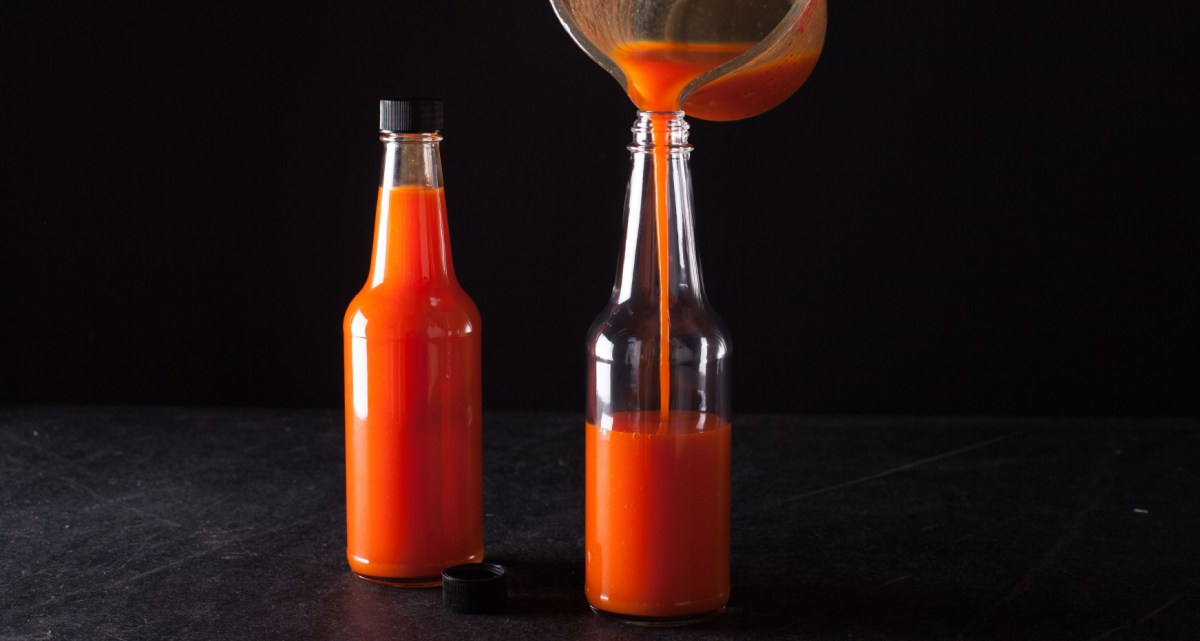Let’s get the accusations out of the way first. No, xanthan gum is not an alien ingredient from the planet Xanthus. But no, it doesn’t come from a plant either. Like booze, it’s made by microorganisms digesting sugar and converting it into something else.
In the 1950s, a USDA chemist named Allene Jeanes was researching polysaccharides, which are large molecules composed of numerous sugar molecules strung together. Polysaccharides are often a structural component of plants and animals. Corn starch (every starch, in fact) is a polysaccharide; so is cellulose, which gives plants their rigidity, and chitin, the main ingredient in lobster shells.
Jeanes developed a way to use bacteria to produce a polysaccharide called dextran that could be used to extend limited quantities of blood for transfusions. She received several awards for the lives saved with dextran in the Korean War. Then she used a similar technique to create xanthan gum.
Xanthomonas campestris, a bacterium found on cabbage, converts sugar into a long polysaccharide. When the USDA team cultured it in large stirred vats, the result was a thick gum they called xanthan. Today, the gum is dried and ground into a powder for sale, then re-hydrated for use.
Like other hydrocolloids, xanthan’s long, string-like molecules grab onto each other in a tangled web when they get wet. That micro-scale web slows down any water that tries to flow through it. So dissolving even a very small amount of xanthan powder in a liquid raises the liquid’s viscosity. The more you add, the thicker it gets, from a gentle full-bodied mouthfeel, to a syrupy slow pour, to a jelly you need a spoon to get at.
There are a great number of hydrocolloid gums and thickeners out there: guar gum, locust bean gum, agar, pectin, carrageenan, gum arabic, and more, each with its own properties and specialties. Some of them work best at very specific temperatures or pH levels, or require the presence or absence of other ingredients like calcium or salt. Xanthan happens to be very forgiving and very easy to use, in a wide range of environments.
Its versatility makes it extremely useful in all sorts of applications. In a pureed hot sauce or ketchup, a small amount provides thickness and a smooth feel, and also helps to keep the solid and the liquid components from rapidly separating in the bottle.
It can emulsify oil and water together, which is why it’s often seen in bottled salad dressings. In ice cream, it binds water and reduces the formation of ice crystals, yielding a smoother, creamier dessert. It’s even used in the construction and oil industries, to thicken drilling fluid and concrete.
Xanthan is sold as a beige powder and is increasingly available in supermarkets. When adding it to a liquid, some care is required to disperse the powder lest it form clumps. Mixing it with another dry ingredient before adding the combination to liquid keeps the xanthan from clumping. If that’s not possible, sprinkling it slowly into a whirling blender full of liquid is a tried and true dispersal method.
For working with it in the kitchen, a high-precision scale is helpful, since xanthan is effective in small doses: no more than 1 part in 100, and usually much less. Its potency: that’s yet another reason we love this hydrocolloid.



